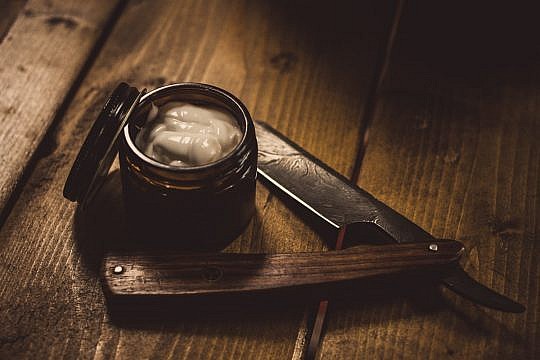The adoption of clean production techniques and the increased accountability of manufacturers is making it easier and easier to source sustainable and ethically produced leather. Here is how to be certain you’ve got your hands on the good stuff.
All responsible parts of the leather industry are working hard together to create a transparent supply chain and make it easy for the consumer to check for best practice along every part of the process – from cow to product. So there has never been a better time to be making the most of one of nature’s most durable and beautiful materials.
Price, as in almost everything, can be a factor in ensuring leather goods are sustainably produced. If you are buying from a high-end, luxury producer, you can be pretty sure they will abide by best practice. Their profits are derived from great design and craft and they won’t waste those things by using anything but the best leather. And the best leather comes from producers who are generally certified to the highest standards.
The best producers should be open about their supply chains. If you want to check further, check the corporate responsibility and sustainability sections on their websites if you need further reassurance.
But what if you are buying leather to work with yourself? Many people extol the virtues of vegetable tanning over chrome tanning, saying the former is more natural. But it is not as simple as that. After all chrome III is a naturally occurring element that is crucial to human metabolism. Good chrome III tanneries have vastly reduced their water consumption – down by 35% in the last 25 years – and clean and reuse water either by filtration, evaporation or the use of naturally occurring bacteria. So it is better to check the standards of individual tanneries rather than to assume vegetable tanning means cleaner tanning.
A great way to check the standards of tanneries is with the Leather Working Group (LWG). They audit tanneries to standards agreed with some of the world’s leading NGO’s and give them a rating from bronze to gold. They have rated more than 45O tanneries worldwide, so it is simple to check whether the leather they supply is up to standard.
The LWG also has more than 100 brands – including Zara, H&M, Nike and Burberry – as members. So, if you need to check a company’s commitment to sustainability, that’s a good place to start.
There are a few problems with the way parts of the fashion industry currently define sustainability, and that has left leather at a disadvantage.
For example, environmental impact tools, such as Higg’s Materials Sustainability Index and Kering’s P&L, include the carbon footprint of cattle production in their assessment of leather while omitting the carbon footprint of petroleum inputs skewing comparability. But as cowhide is a by-product, it starts with zero emissions – in fact simply using hides prevents them from becoming landfill or fed to the incinerator.
Another gap in environmental impact tools is omitting end-of-life (EOL) analysis. For example, the EOL environmental impact of an article of clothing that lasts a few washes and then biodegrades over centuries in land fill is quite different than something that lasts a generation, or two, and biodegrades in a few decades. Leather is known for its durability and for increasing its beauty over time – a beautiful leather jacket, purse or belt can last for decades and return cleanly to where it came from.
Once you’ve sourced your sustainable leather, you can craft it, wear it or use it secure in the knowledge that it has been responsibly produced. And that’s not all – you are also working to cut waste!








